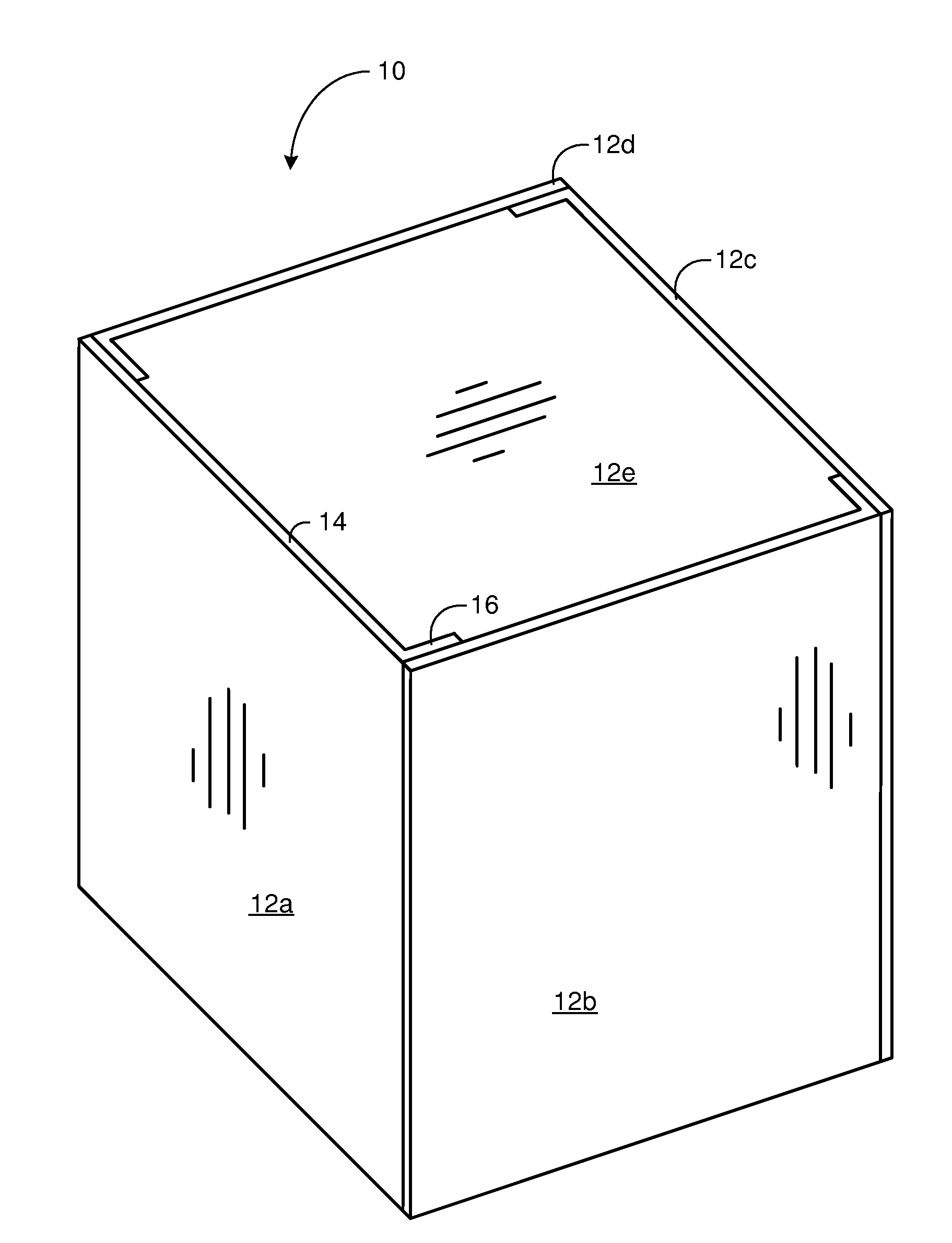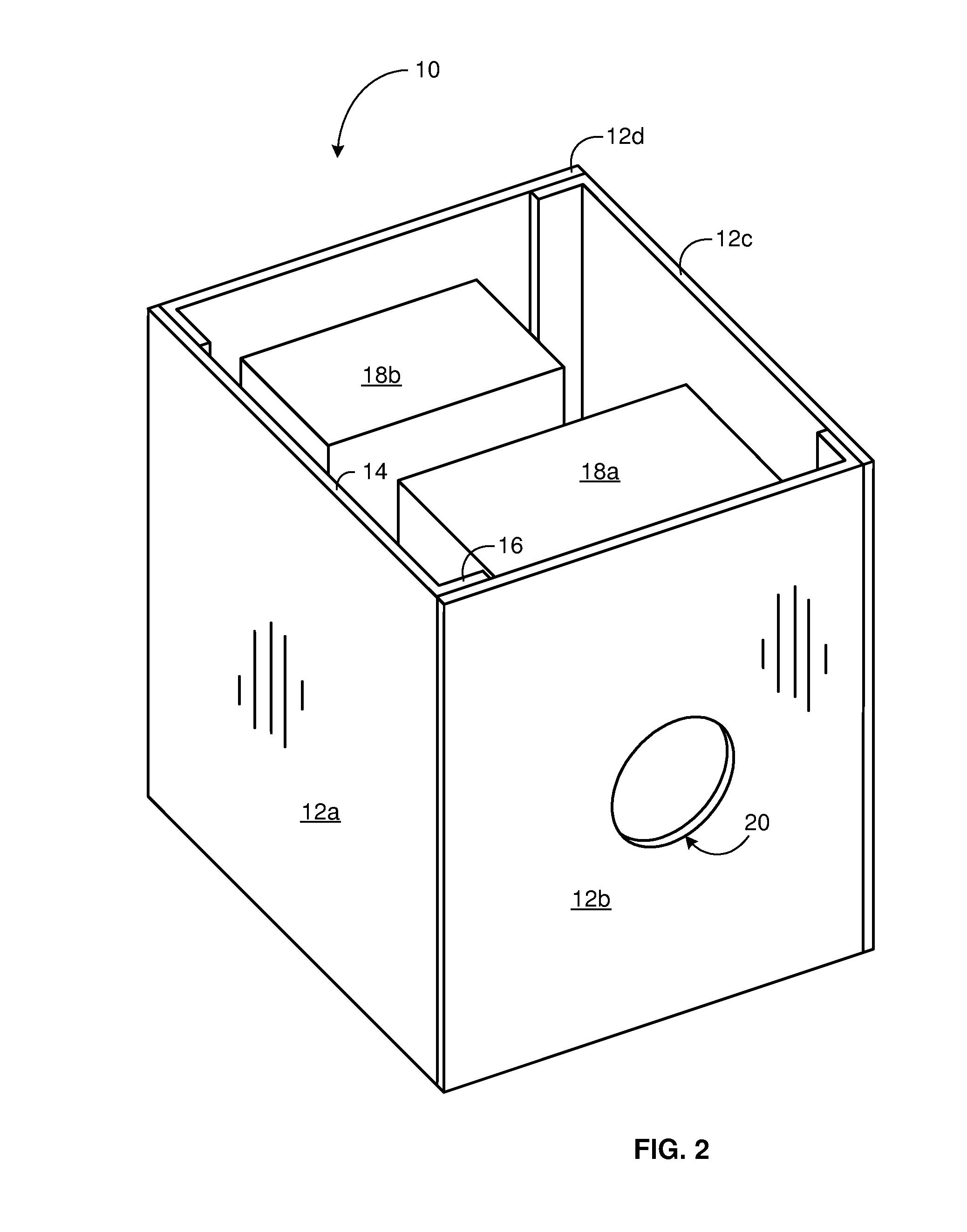Modular Thermal Management System for Spacecraft
a module-based, spacecraft-based technology, applied in the field of heat transfer, can solve the problems of spacecraft launch load, spacecraft one particular demanding environment, and spacecraft requiring cooling, so as to reduce the requirement for heat rejection, increase the solar load reduction, and increase the time on target
- Summary
- Abstract
- Description
- Claims
- Application Information
AI Technical Summary
Benefits of technology
Problems solved by technology
Method used
Image
Examples
Embodiment Construction
[0046]It will be readily understood that the components of the present invention, as generally described and illustrated in the drawings herein, could be arranged and designed in a wide variety of different configurations. Thus, the following more detailed description of the embodiments of the system and method of the present invention, as represented in the drawings, is not intended to limit the scope of the invention, as claimed, but is merely representative of various embodiments of the invention. The illustrated embodiments of the invention will be best understood by reference to the drawings, wherein like parts are designated by like numerals throughout.
[0047]Referring to FIG. 1, and to FIGS. 1-13 generally, a system 10 in accordance with the invention may include various panels 12 providing dual-service, structural-thermal, integrated, modular panels 12. These panels are disclosed in detail in various selected embodiments in the documents, incorporated herein by reference.
[004...
PUM
 Login to View More
Login to View More Abstract
Description
Claims
Application Information
 Login to View More
Login to View More - R&D
- Intellectual Property
- Life Sciences
- Materials
- Tech Scout
- Unparalleled Data Quality
- Higher Quality Content
- 60% Fewer Hallucinations
Browse by: Latest US Patents, China's latest patents, Technical Efficacy Thesaurus, Application Domain, Technology Topic, Popular Technical Reports.
© 2025 PatSnap. All rights reserved.Legal|Privacy policy|Modern Slavery Act Transparency Statement|Sitemap|About US| Contact US: help@patsnap.com



